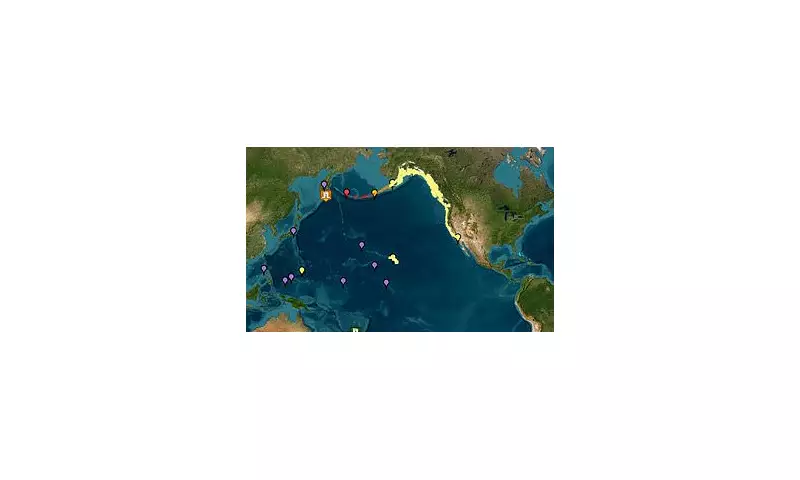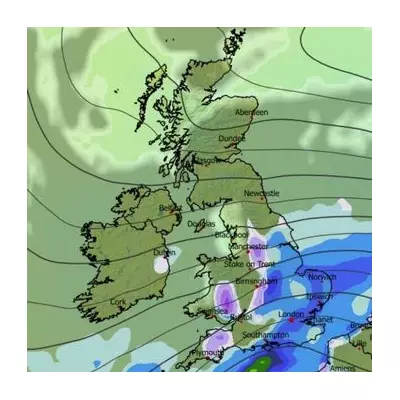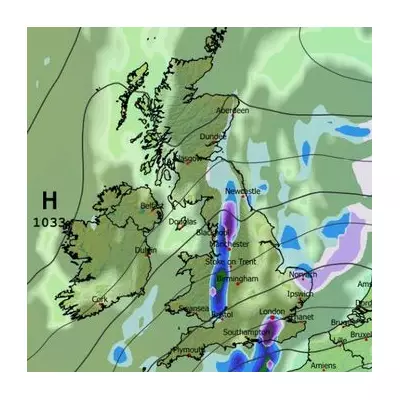
A devastating 8.3 magnitude earthquake has struck Russia's remote Kamchatka Peninsula, sending shockwaves across the Pacific and prompting urgent tsunami warnings for coastal regions.
The colossal tremor, which hit at a depth of approximately 170km (106 miles), was powerful enough to trigger fears of destructive waves across the Pacific Ocean. Authorities have issued alerts for areas including Russia's far east, Japan, Hawaii, and parts of North and South America.
Millions on High Alert
Emergency services are working around the clock as millions of residents in vulnerable coastal communities brace for potential impact. While initial reports suggest minimal immediate damage in Kamchatka's sparsely populated regions, experts warn that aftershocks could follow.
Tsunami Warnings in Effect
The U.S. Tsunami Warning System has cautioned that hazardous waves are possible within 300km of the epicentre. Meanwhile, Japan's Meteorological Agency has advised coastal residents to stay vigilant, though no major wave activity has been reported yet.
Seismologists describe this as one of the most significant earthquakes to hit the region in recent years, with the Kamchatka Peninsula being part of the volatile 'Ring of Fire' – known for frequent seismic and volcanic activity.
International Response
Neighbouring countries have mobilised disaster response teams, with particular concern for low-lying island nations. The Pacific Tsunami Warning Center continues to monitor the situation closely, updating advisories as new data emerges.
This seismic event serves as a stark reminder of the unpredictable power of nature, coming just weeks after another significant quake in the same geologically active region.





